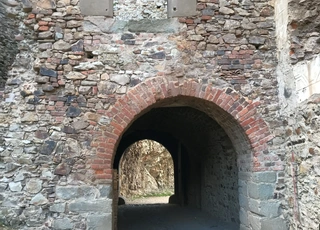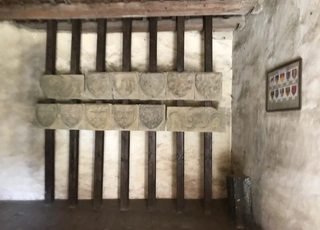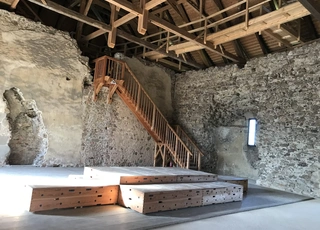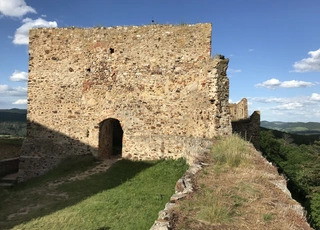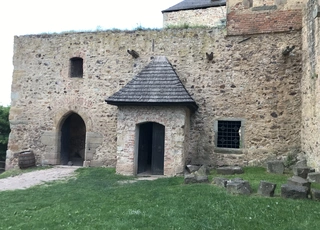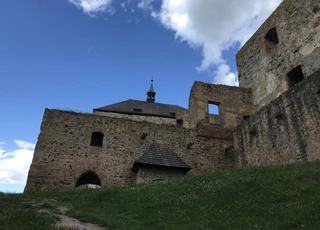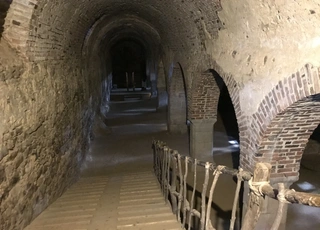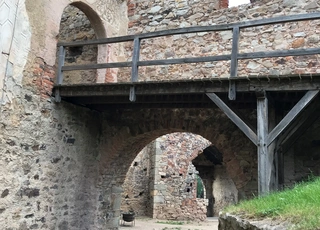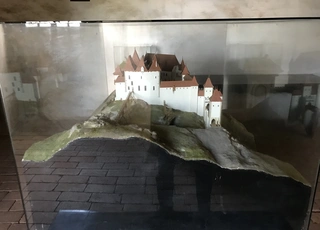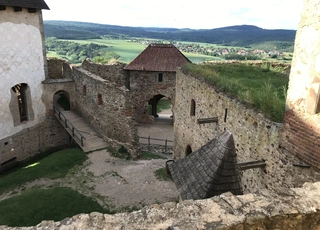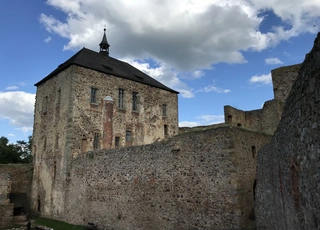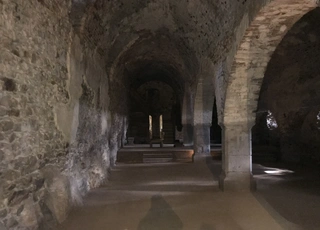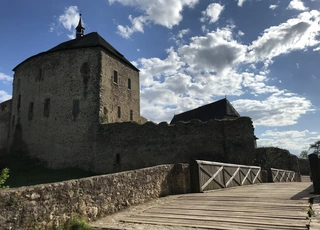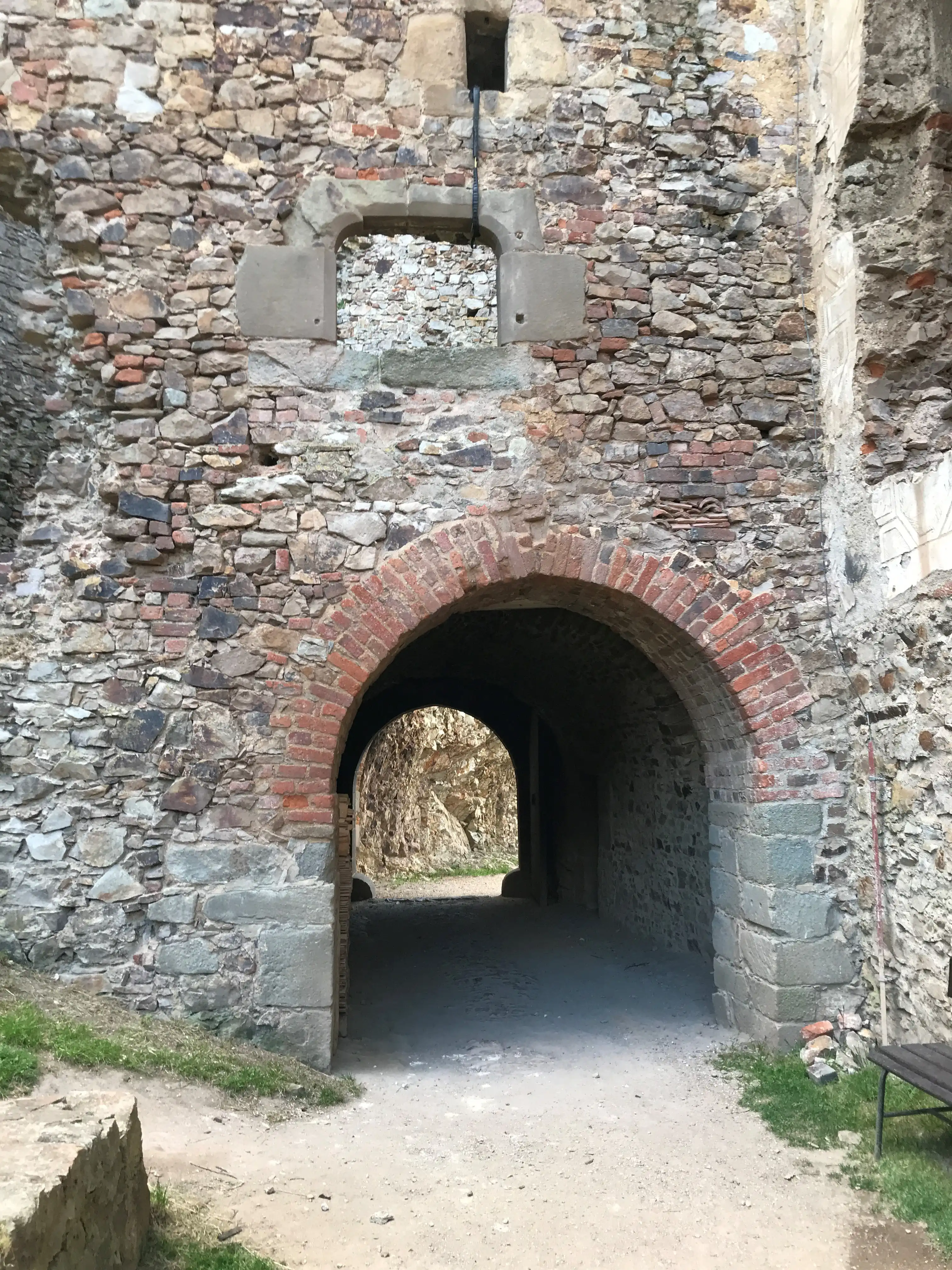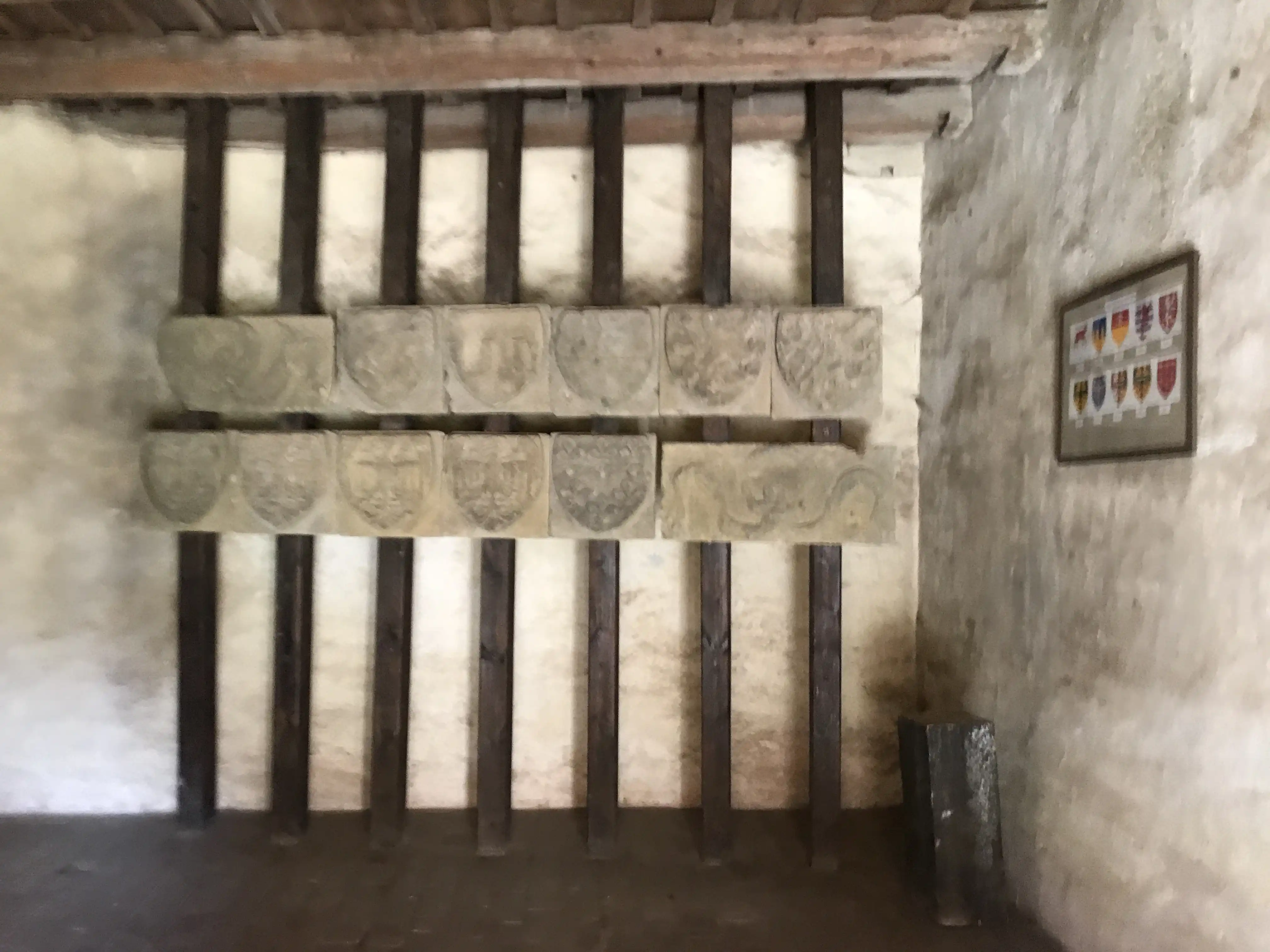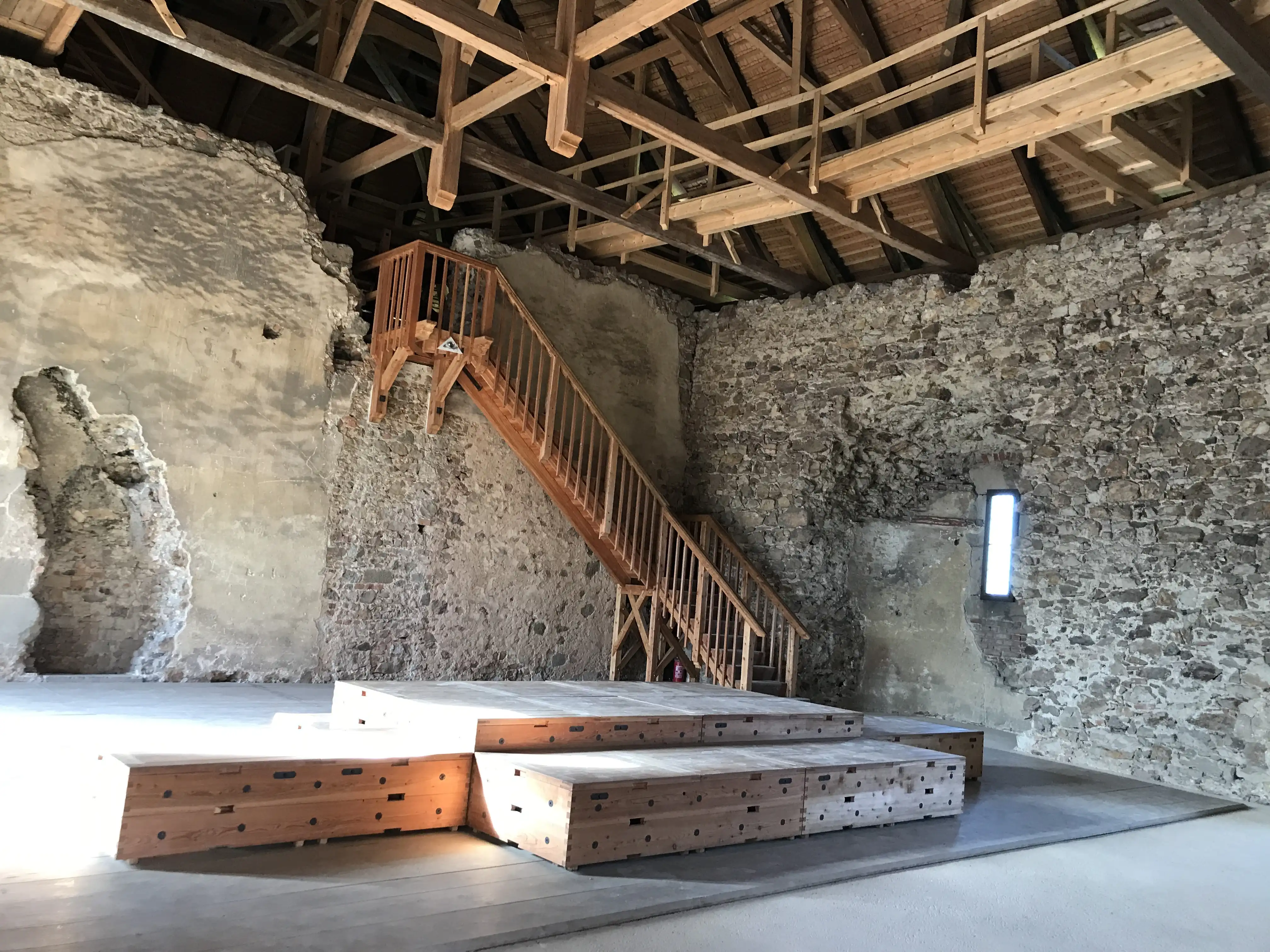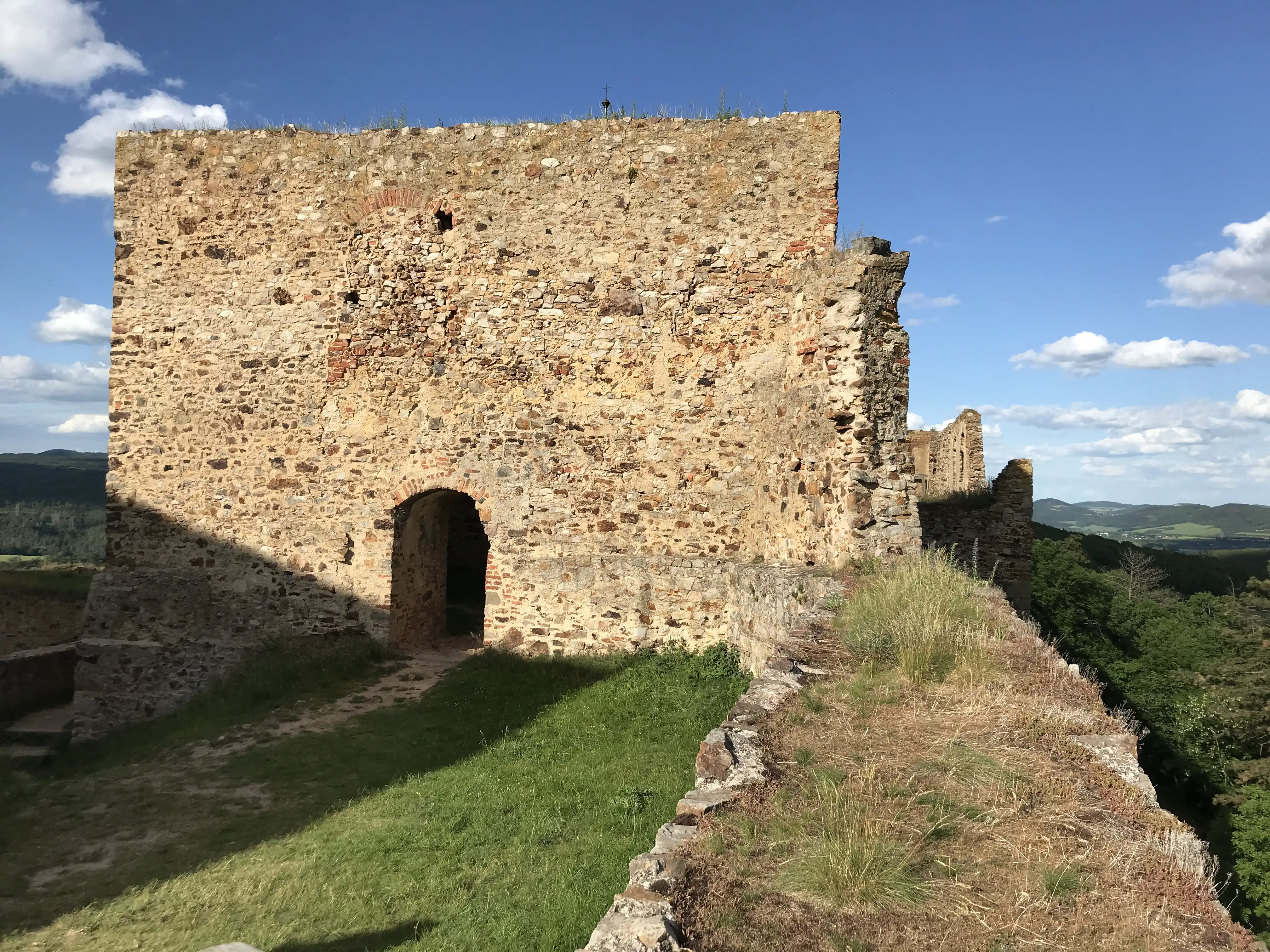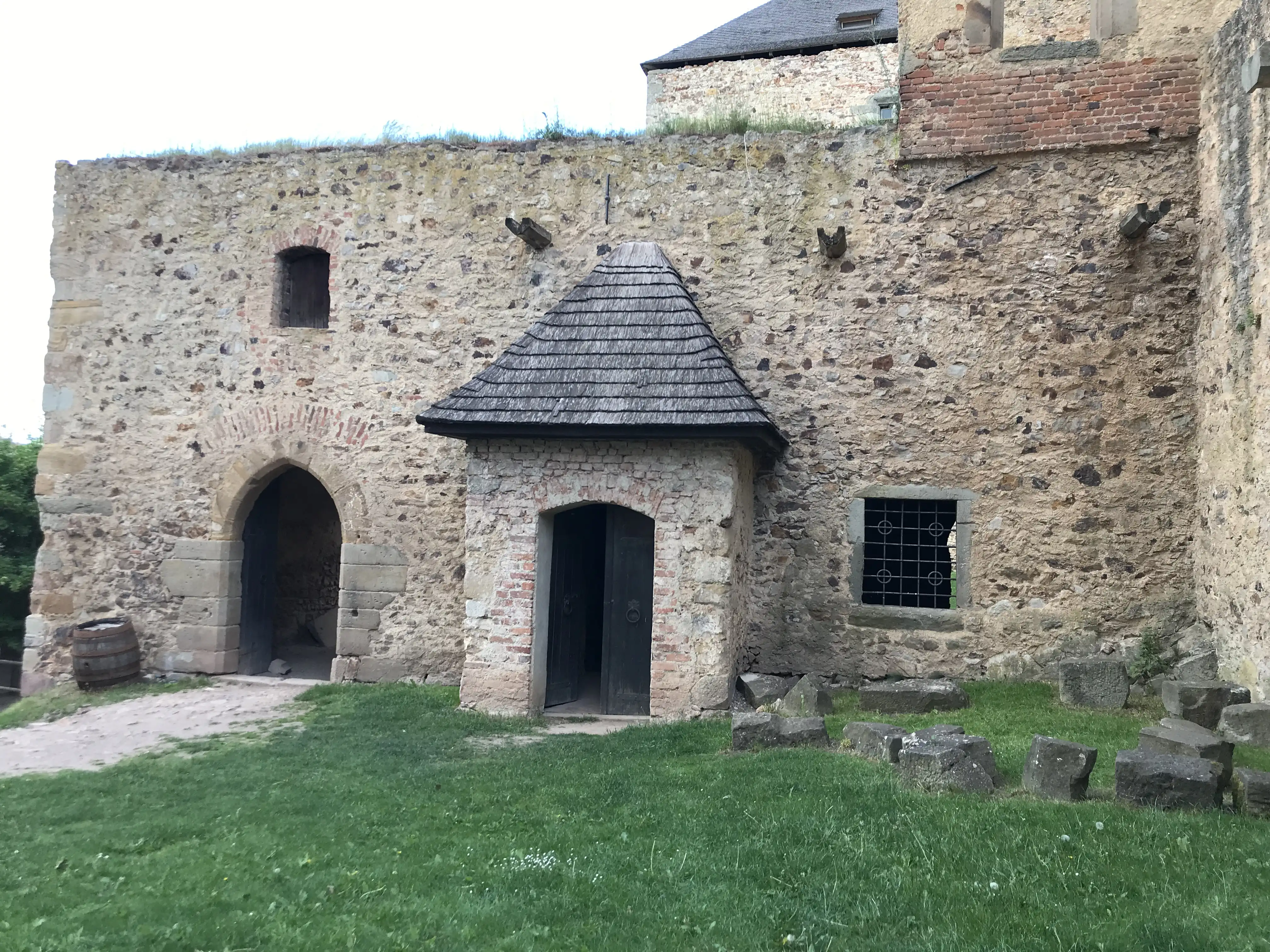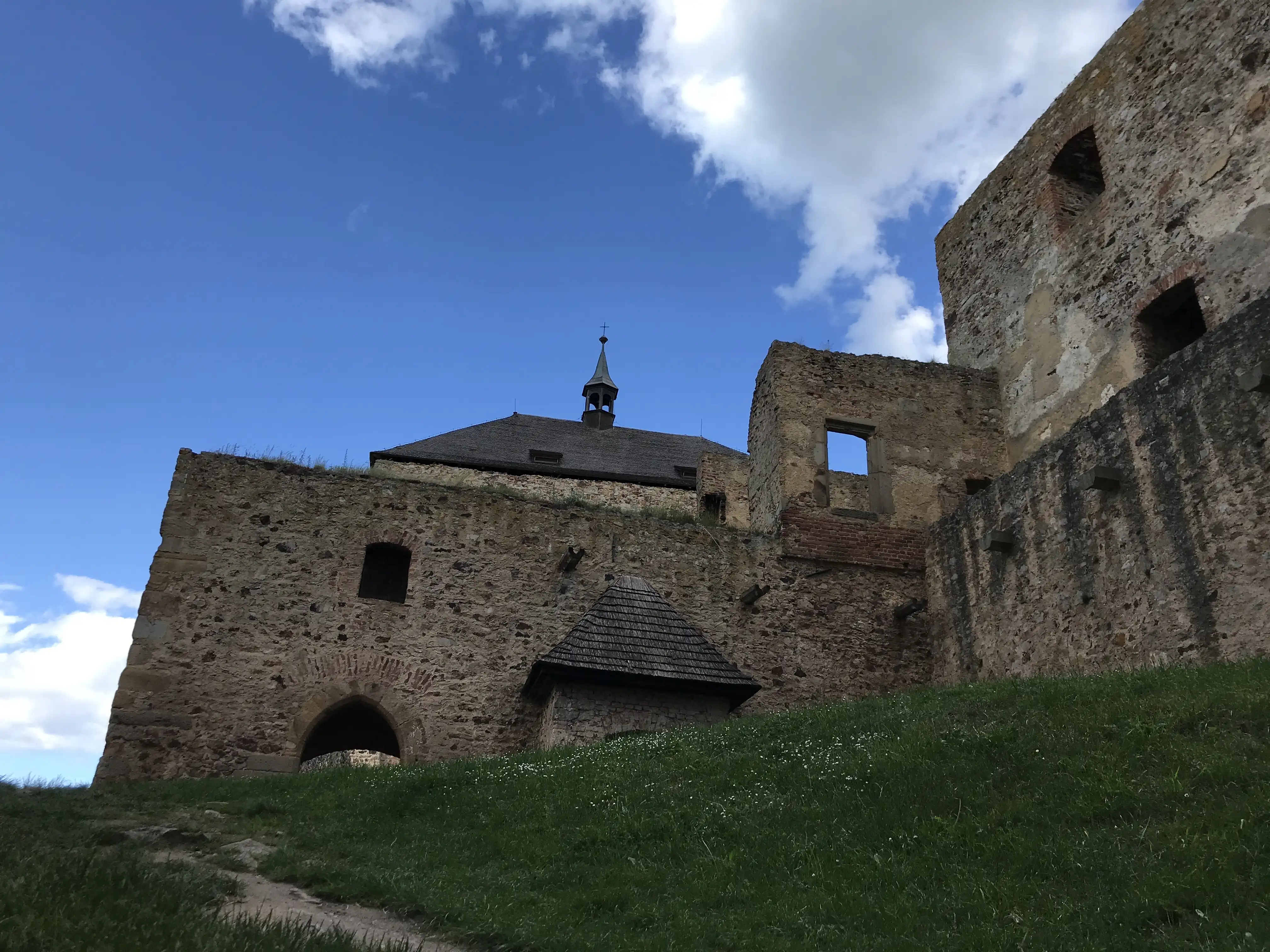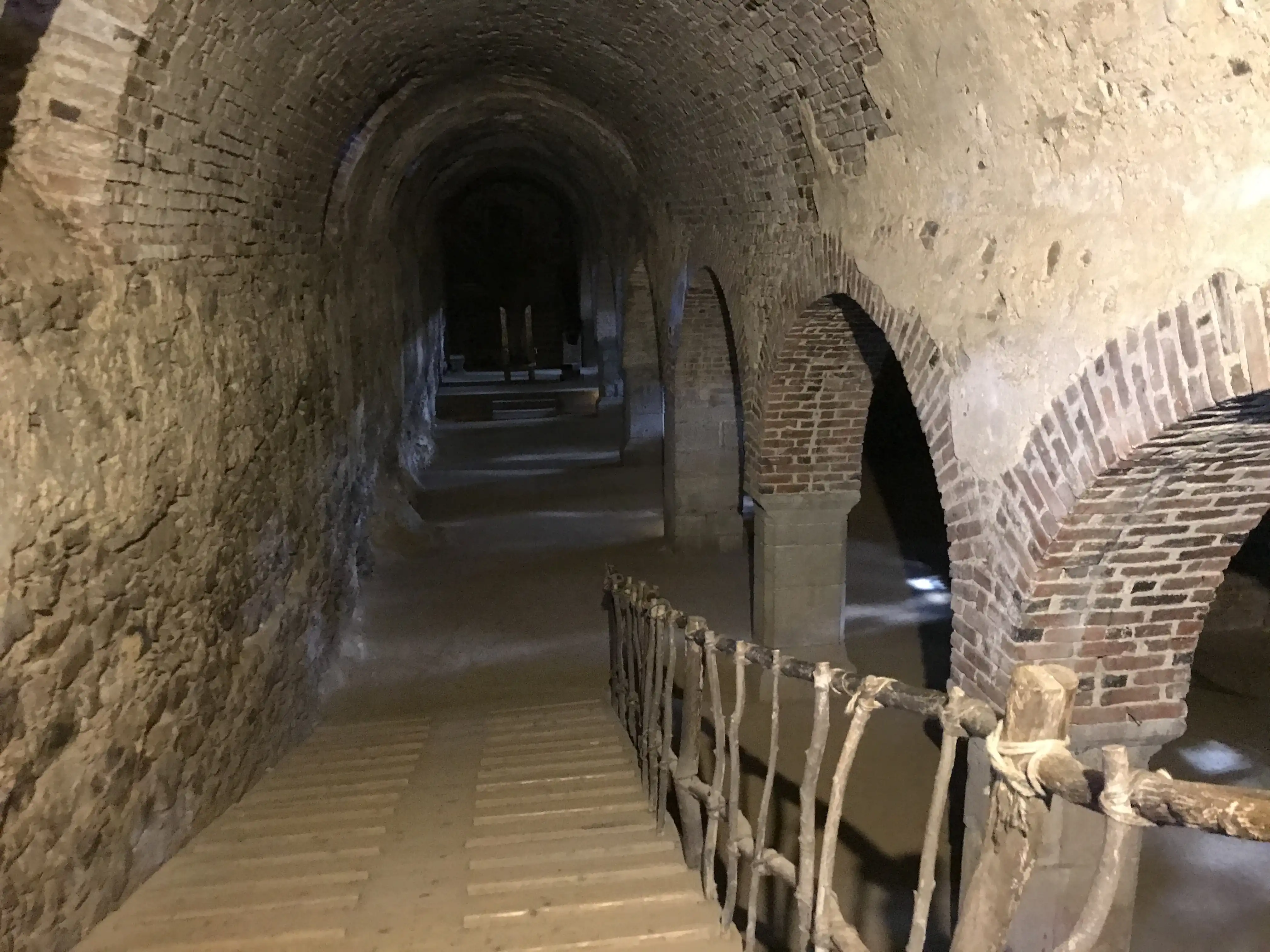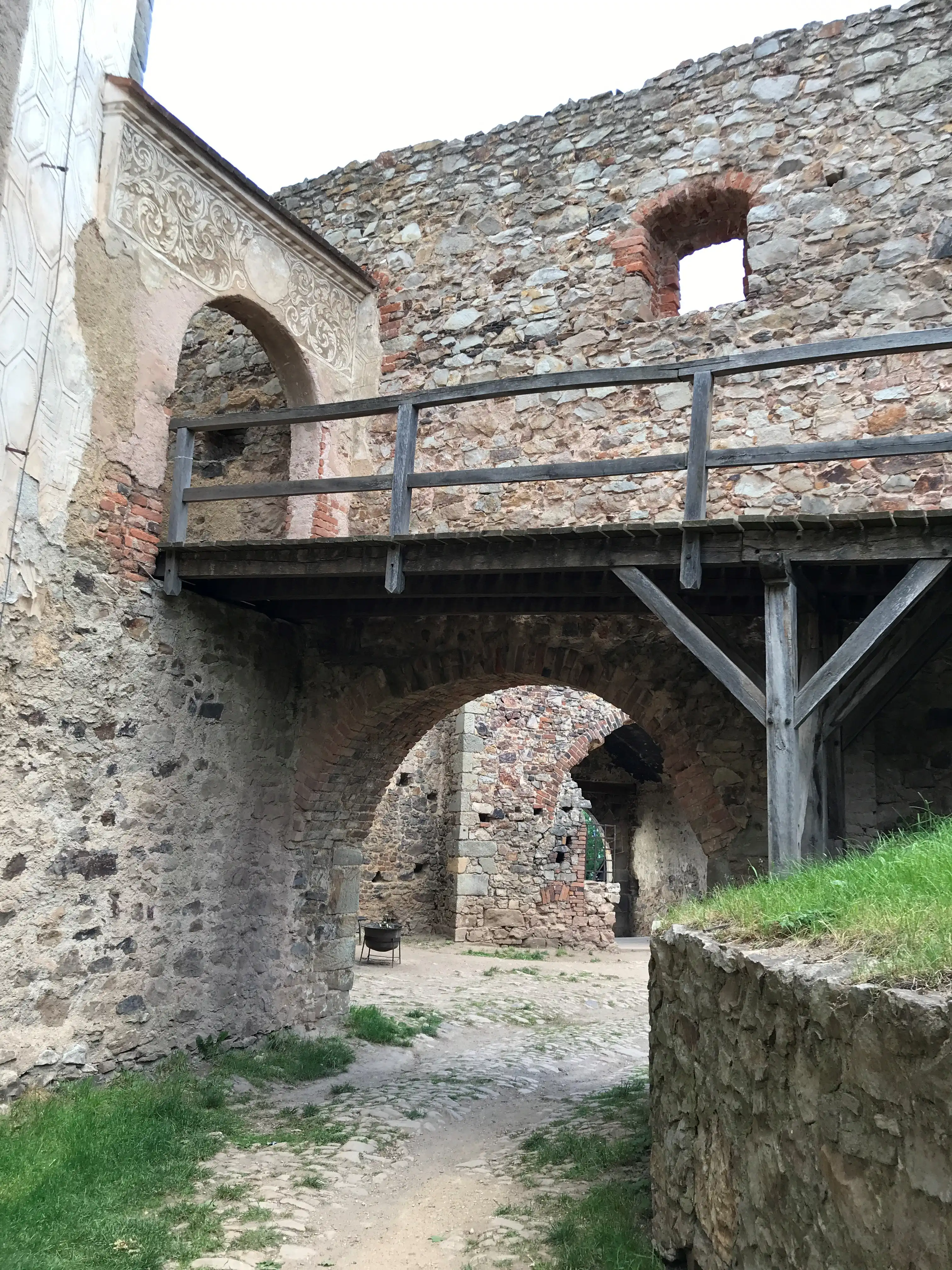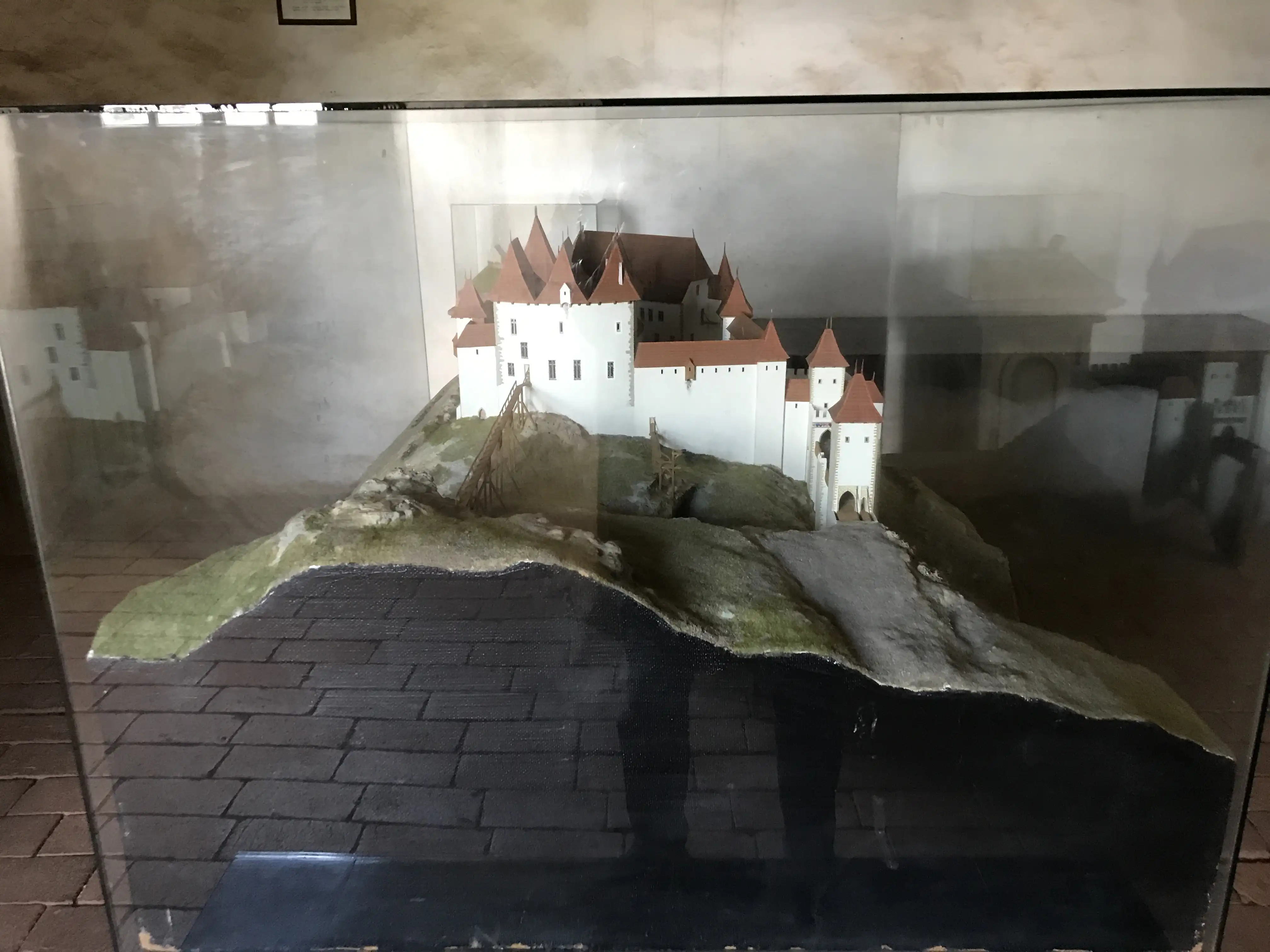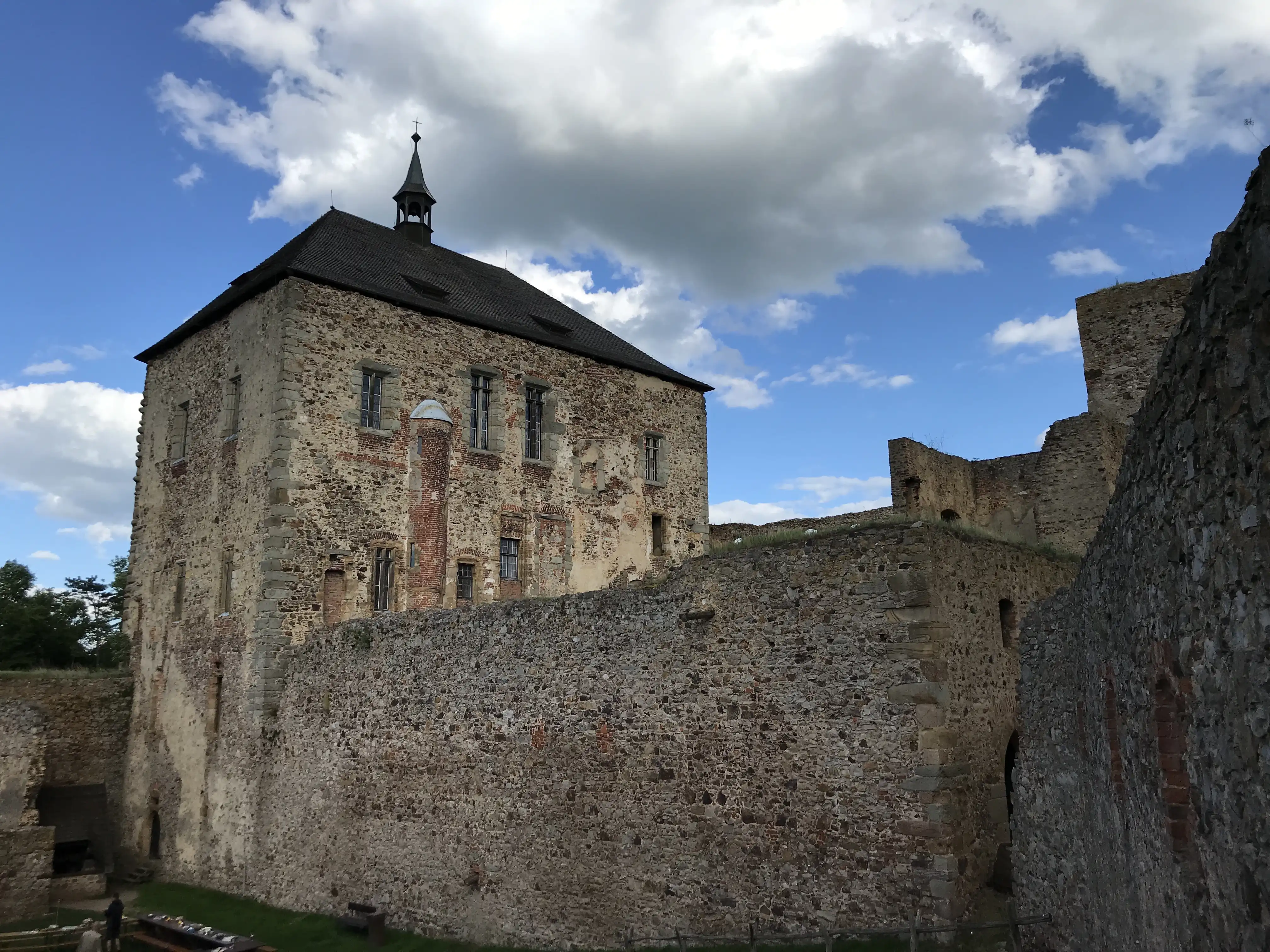Tochnyk Castle
Czech travel guide
May 28, 2022, 5:30 p.m. - May 28, 2022, 6 p.m.
The immediate reason for the construction of the new Tochnik castle was a fire that damaged the Zebrak castle in 1395. Shortly thereafter, the king began to build the more ostentatious and convenient castle Tochnik on a hill just 500 meters from Zhebrak on the same rocky ridge of the quartz wall and a hundred meters above Zhebrak. Already in 1400 Wenceslas IV. transported part of the royal treasures.
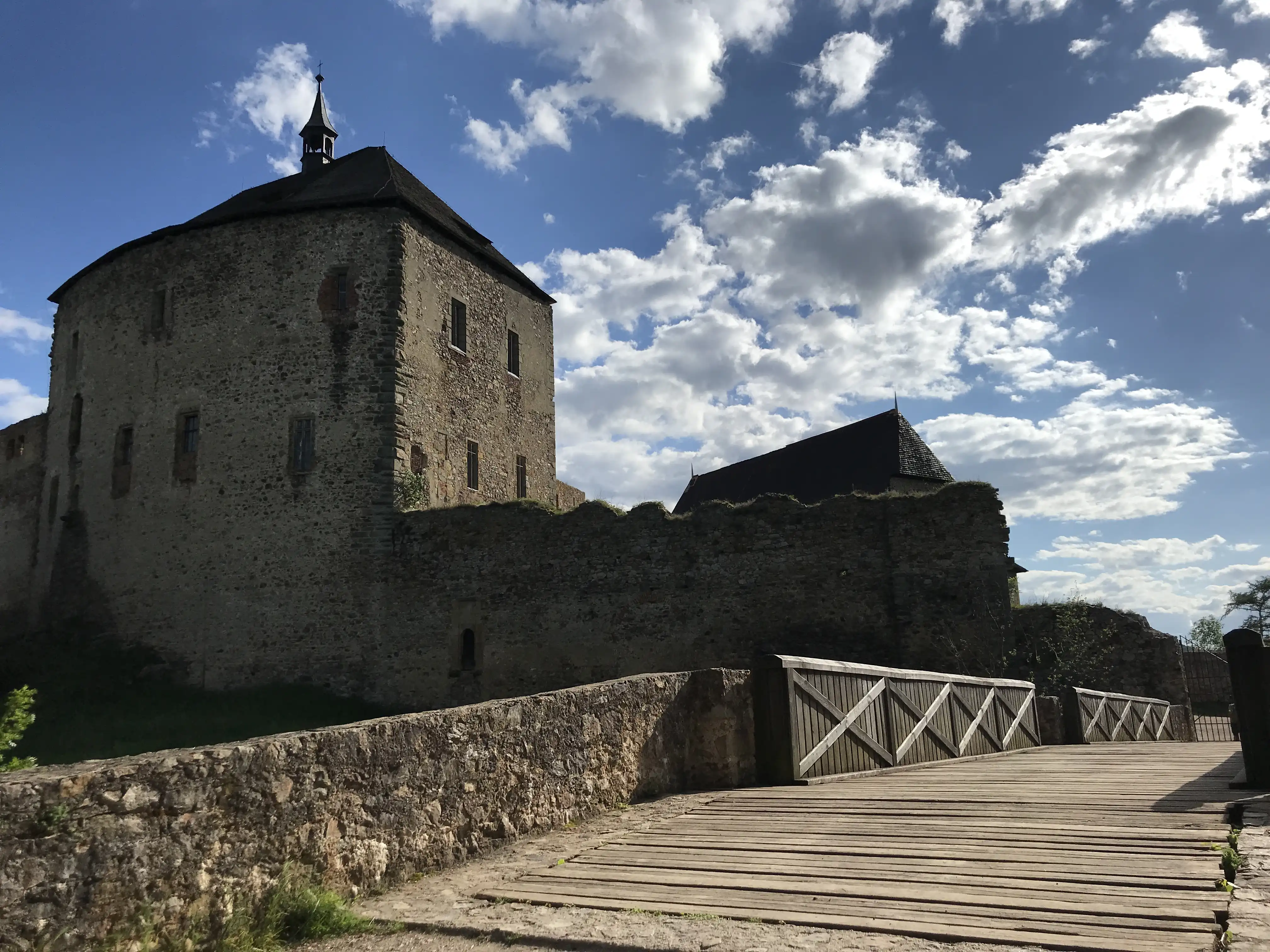
During this critical period in the reign of Wenceslas IV, when the old values were losing their value, the medieval castle had to respond to the danger that threatened the very essence of its existence. This was manifested not only in the organization and manner of warfare, but also in the architecture of the castle. During this period, the foundations are laid for the onset of the next era. However, one of the unique advantages of the era was that it still had enough artistic power to bridge the gap between the new defensive demands and the old aesthetic postulates, and even take artistic advantage out of everything.
Behind the heavily arched façade of the Royal Palace, with its barred windows and corner ledge, whose severity was softened only by white stucco frames around the windows, the architect managed to create interiors full of typically attractive and annoying charm. The irregular interiors of the building were only a welcome excuse for the master of the royal ironworks, who worked here to develop his art.
Although the quality of the masonry of windows and portals does not leave the so-called Purkrab Palace behind the Royal (there is a difference of almost two historical eras between the two buildings), despite the fact that the Royal Palace begins a new era of fortification construction, both dispositionally and artistically, it is also charged contradictions of the atmosphere of that time, nevertheless, the building of the hall is a repetition of a scheme that is almost as old as the castle itself.
There is also no doubt that the castle was built not only for the personal pleasure of the king. This is evidenced by the very existence of two palaces, so different in their internal and external appearance.
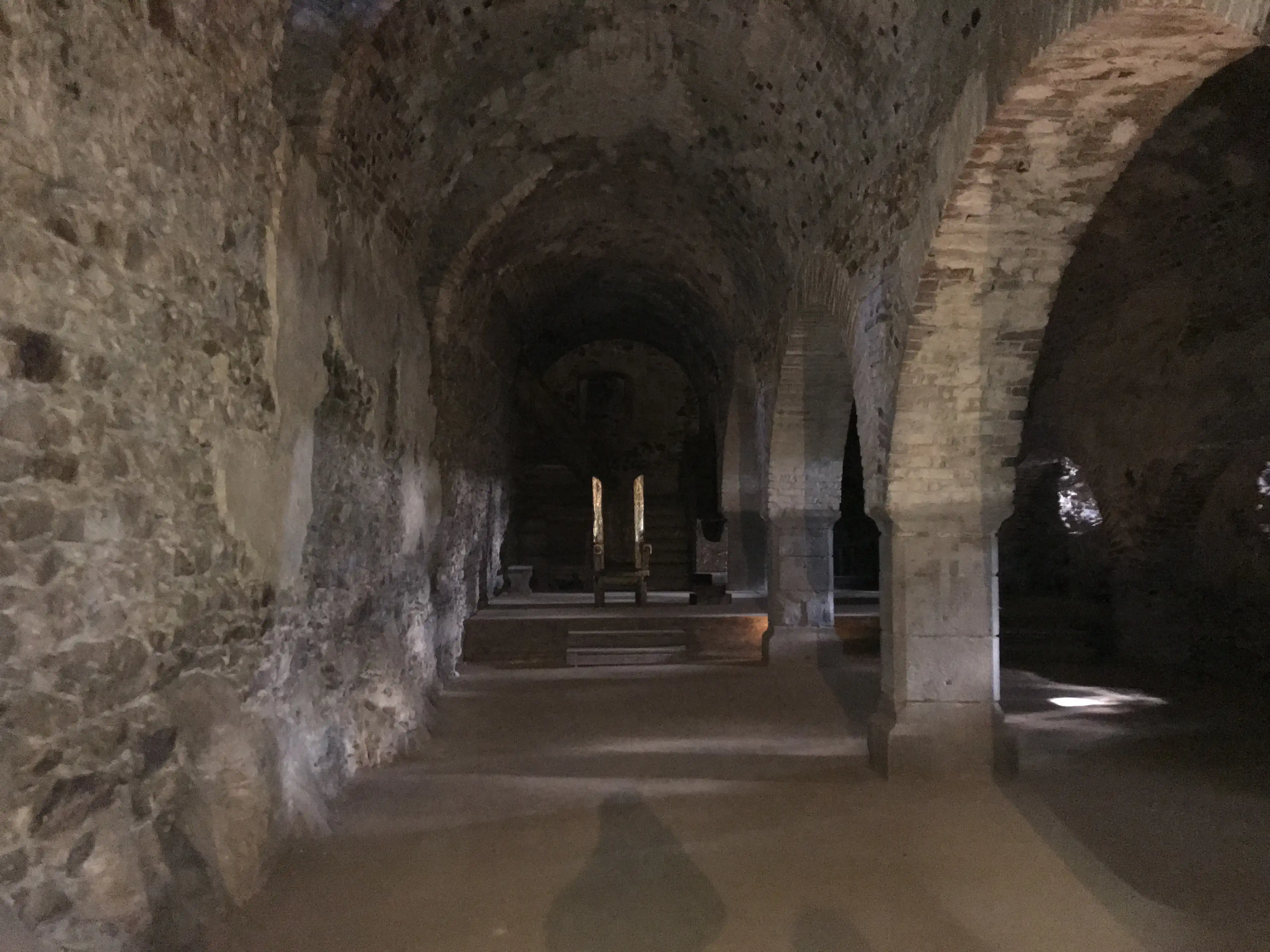
As can be seen from its purpose, the building of the hall was intended primarily for representative purposes - no doubt, official guests were received here. The large hall on the second floor even exceeded the dimensions of the largest representative hall - 34 x 15 m - Karlštejn 22 x 8.5 m, the Romanesque Hall in Prague Castle 32 x 9 m, the Karolinska Hall 30 x 16 m and the Křivoklát Hall 28 x 8 m On the other hand, the inner residential core, in terms of equipment and method of fortification, should have been reserved only for the personal needs of the king and his closest retinue, and should have been his last refuge. Thus, the Royal Palace was separated from the rest of the castle and moved to the very edge of the moat and connected to the outside by several gates.
1415–1517
After the burning of Jan Hus, Wenceslas IV. no longer stayed at the castle as often as before. He built Nowy Hradek near Kunratice, and his last visit to Tochnik is recorded in September 1415.
After the death of Wenceslas IV. On August 16, 1419, the castle passed to his brother Sigismund. He took most of the equipment, as well as part of the state treasury, from here in just four days.
In 1421, Sigismund ordered the castle of Erkinger of Seinsheim, the ancestor of the Schwarzenbergs, to be abandoned. He betrothed his son Heržman to Eliška, daughter of Bedřich Kolowrat (July 7, 1421). Herzhman was promised a large dowry, and in order to fulfill the contract, Bedřich of Kolovrat pledged the castles of Zhebrak and Tochnik as collateral. In the end, he had both castles.
In 1425 (May 2), the Kolovrats successfully withstood a three-day siege of the castle by an army of almost eight thousand Hussites (about 7,000 infantry, 900 cavalry). After which they retreated and burned the nearby towns of Zebrak and Horovice, and then moved on to Pilsen.
In 1427, the castles were handed over to the warriors Habart from Adlar (Tochnik) and Hanusz Kuplir from Sulevits (Zhebrak), who were supposed to improve the defense of the castles.
On July 7, 1461, George Podebradsky bought the castles, for the reason that they did not remain in the hands of the Catholics, and then transferred them to his four sons. In the end, he entrusts the castle of Zebrak and Točnik to Bedřich of Shumburk, Mr. Pernsteinski (Catholic but loyal to his king).
In 1484, both castles were already in the hands of the wealthy Gutstein family (Buryan from Gutstein), however, both castles were in a state of disrepair. After the death of Buryan, the castles passed to his son Kryshtof. However, in 1509 he was sentenced to deprivation of honor, throat and property, and the castles came under the control of Vladislav Jagiello. Jan Kozelka of Grszywice was appointed governor in 1515 after a personal royal visit to the castle.
1517–1620
After the king's death, Točnik was transferred to Zdenek the Lion of Rožmital (1517) by paying off his debts. And after his death, in 1522, Ludwik Jagiellowski sold the castle to Jan from Wartemberk from the Kosteleck branch, who carried out many building reconstructions in the castle.
However, Wartemberk more and more often resides in the north of Bohemia, and therefore, on October 6, 1534, Tochnik is changed to the estate of Rogožec (today's Rough Rogožec) with Wolf Krayirz from Krayik in Bystrice, who rewrites it to Wolf the younger Krayir Krayk on November 21, 1534. The Crayirs then search for supposedly buried treasures in both castles and literally dismantle Zebrak Castle. After unsuccessful attempts to find the treasure, on October 31, 1544, the castles were handed over to Jan the Younger Wallenstein.
In 1552 King Maximilian II. pays with the Tochnik castle and hands it over to John the Elder of Lobkowicz and Zbirozh. The Lobkowicz family strengthens (for 17,500 groszy) the hereditary castle (Jan the Younger of the Lobkowicz from June 20, 1567) and makes Renaissance changes to it. After the death of Jan Jr., the daughter of Marketa uses the locks. After her death, the castles passed to Jan's brother Bogusław Havel of Lobkowicz, governor of Podbrdski, and after him on February 12, 1593, to Ladislav the Elder of Lobkowicz. Ladislaus gives castles to his wife Magdalene, Countess of Salm. (The Lobkowicz family has been listed as hereditary owners since 1594.) After the uprising of Jiří Popiel of Lobkowicz (in which Ladislav also participated), most of the Lobkowicz property was confiscated, and Točnik and Žebrak returned to the Bohemian crown.
The castle was handed over to Jan Jindrich Prollhofer of Purkerstorf and has since been run by the governors of Zbirozh. Tochnik becomes one of the state prisons and until 1865 is the property of the Czech Chamber. However, the residence of the administrators was moved to Zbiroh and Točnik gradually fell into disrepair.
In 1674, no one lived in the castle, only guards.
1620–1834
The destruction of Točnik was marked by the Thirty Years' War and the events that preceded it. In 1620, during the reign of the president of Cologne, Jan Kolenz, the imperial army invaded the castle and destroyed it. The final blow to the castle came on October 18, 1639, when the local population took refuge in the castle. In 1640, the castle was supposed to be equipped with cannons for military purposes (against the Swedes), but they were never used.
Bogusław Balbin's report that Tochnik is still habitable dates from 1681. Eight years later, Jan Wilem Nikodim Presl became the new manager of the estate, and in 1705 the castle was handed over to Chief Justice Karel Przegorzowski of Kvasejovice and Konopiste. In 1710-1723, Tochnik was in the possession of Adam of Liechtenstein.
In 1722, most of the castle is still under roof, but no longer inhabited. In 1750, the position of local governors was abolished, and the castle was managed by directors from the Royal Court. Since 1834, both castles have been under the control of the Příbram Mining Administration.
1858–2014
In 1858, the Reich Council approved the sale of the estate to the Krakow financiers Vinsenk Kirchmaier and Samuel Simundt, but due to non-compliance with the contract, the castles received a new owner - in 1864/5, the industrialist H. Railways bought them together with the estate for ten million gold pieces. After economic setbacks, he sold them in 1875 for 3,350,000 gold to the Colloredo-Mansfelds.
In 1923, the Czechoslovak Tourist Club bought Tochnik from Josef Colloredo-Mansfeld for 2,000 CZK and Žebrak for 8,000 Czech crowns - Žebrak owned the brewery cellars. The club performs a number of security works here, unfortunately, without supervision of the monument: the cellars, the basement of the Royal Palace, the well and the floors of both palaces were concreted.
In 1945, the Czechoslovak village of Sokolska became the owner of the castles.
Since 1953, both castles belong to the state, which carries out some protection.
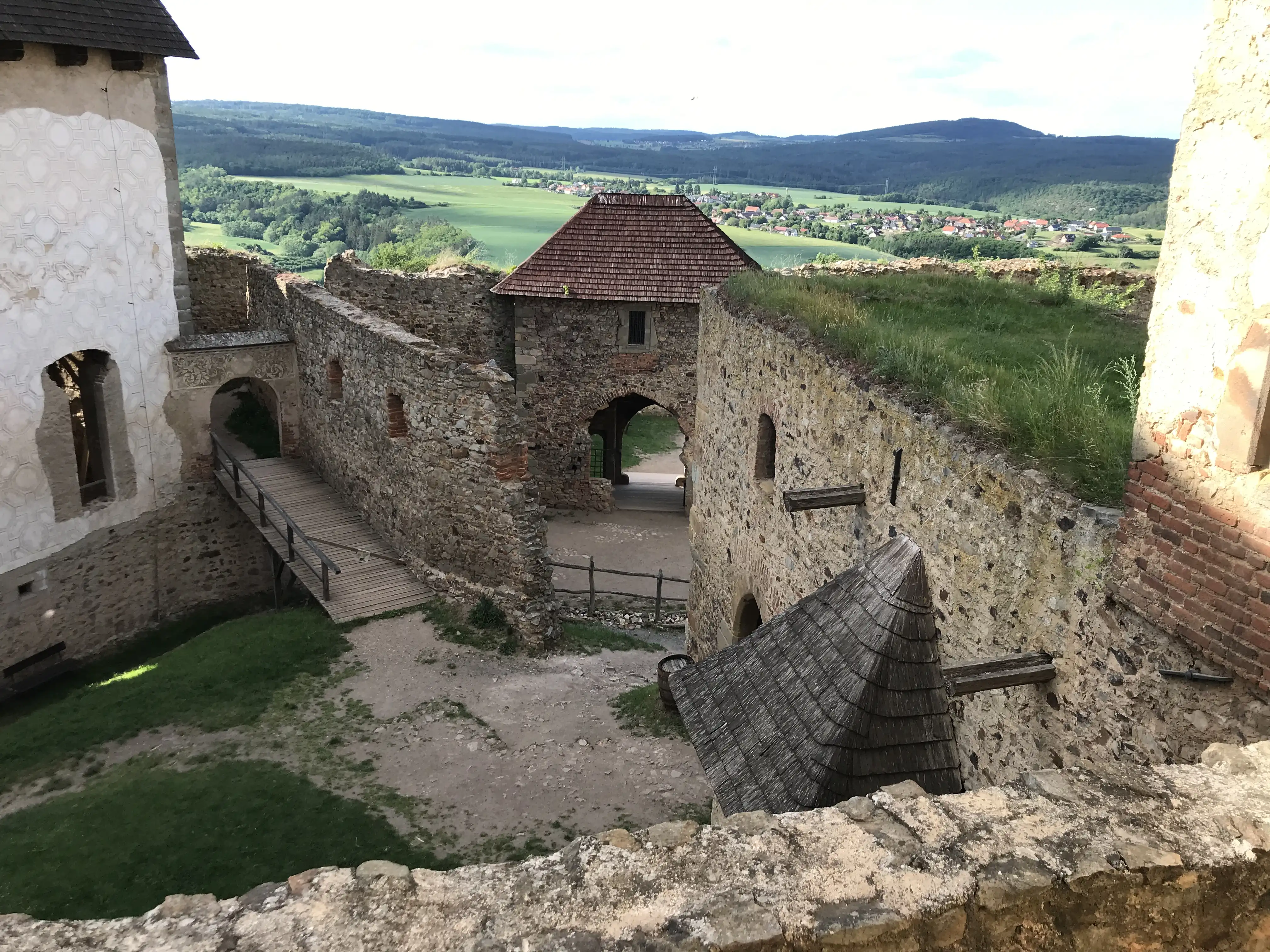
Since 1994, the charitable organization of the Ministry of Culture of the State Castles of the Křivoklát Region has managed both castles together with Křivoklát, Krakovec, Ryhta Zbečno - the so-called Hamus farm no. 22 and a brewery in Točnik.
From January 1, 2001, the castles were transferred to the State Institute of Monuments of Central Bohemia with its seat in Prague, and from January 2003 - to the National Institute of Monuments. Since the reorganization of the Institute of National Monuments on January 1, 2013, Točnik and Žebrák Castle are managed by NPÚ UPS PR - Institute of National Monuments, Territorial Office of Monuments in Prague.
Travel notes
- The cost of visiting the castle is 150 CZK.
- A commemorative coin in the machine can be bought for 50 kroons. There are also some souvenirs, but personally they were not interesting to me.
- Lock opening time from 10:00 to 18:00 (or until 16:00). Closing time depends on the time of year (essentially on the length of daylight hours). Therefore, when visiting, it is better to check the schedule in advance.
- If you arrive an hour before closing, you can walk around the empty castle.
source: National Institute of Monuments
